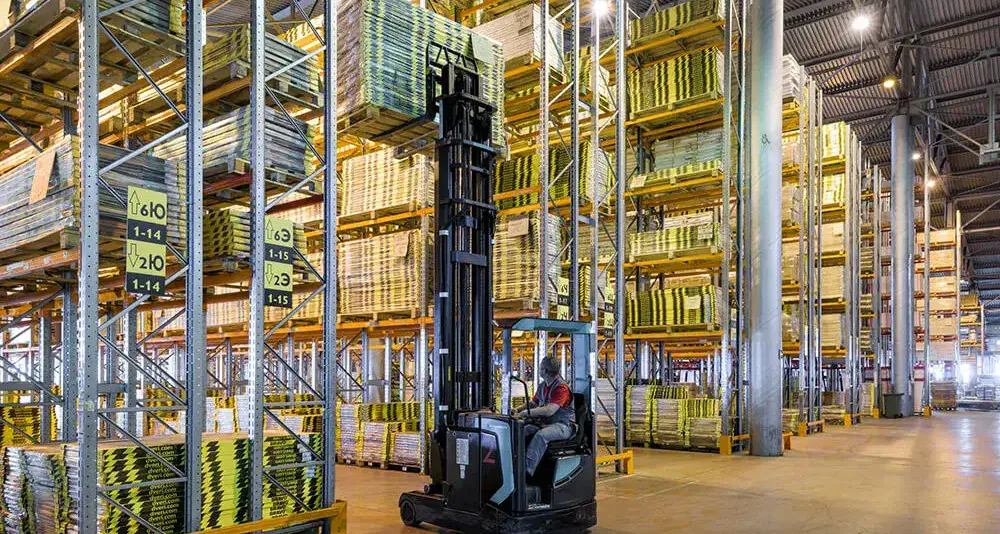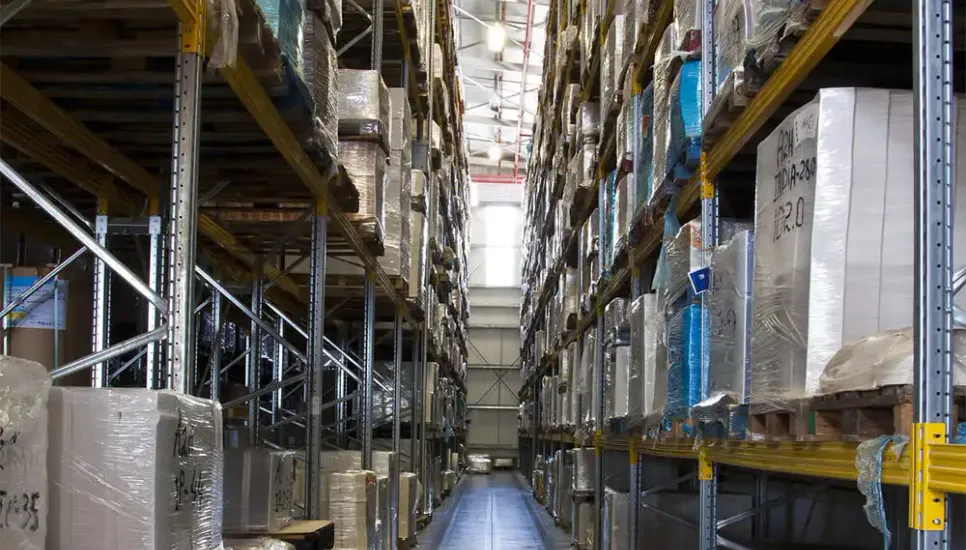Introduction
The maritime shipping industry serves a vital role in modern economies, where it provides a cost-effective means to transport goods between countries. However, employees working in this sector are exposed to significant risks. Aside from dealing with vessel disasters, isolation from loved ones, and working in a restricted space, maritime shipping employees can become exposed to hazardous substances, suffer ergonomic injuries, experience extreme weather, and more.Potential Hazards
The most common hazards associated with maritime shipping include:
Transportation of Dangerous Goods.
The International Maritime Dangerous Goods Code classifies hazardous materials into multiple categories, including explosives, toxic or flammable gases, combustible or self-reactive solids, oxidizers, biohazardous substances, corrosives, and more. Maritime shipping companies that offer transportation services for such goods must ensure that employees are trained to handle the latter prior to being assigned to a route. Workers who do not have the proper knowledge to load, unload, or transport dangerous materials are far more likely to make mistakes and cause accidents with potentially disastrous consequences.Ergonomic Hazards.
Pulling, pushing, lifting, and carrying heavy objects is an intrinsic part of the job of maritime shipping workers. However, if the proper techniques are not used, the strain that such movements inflict on the human body can eventually lead to serious injuries or chronic conditions. What’s worse, an employee who lifts heavy cargo in a negligent manner is likely to not only hurt him- or herself, but also to drop the object and cause further injury. Where dangerous substances are concerned, the consequences of such an incident can affect all nearby workers within a considerable radius.Exposure to Excessive Noise.
Shipyards and certain parts of maritime vessels are very noisy environments. Nevertheless, employees must perform tasks in these areas on a daily basis, which can lead to irreparable hearing problems in the long-run. Without proper protection, such as noise-cancelling headphones or ear muffles, the inner ear is damaged by the excessive noise. Although these circumstances rarely lead to complete loss of hearing, employees who have worked in maritime shipping for upwards of ten years without protecting themselves against the noise find it difficult to follow regular conversations and tend to become more isolated as a result.Heat and Cold Stress.
Working on a freighter (or other type of maritime vessel) exposes employees to extreme weather conditions. In very hot weather, for example, workers might experience heat stress symptoms that range from lightheadedness and confusion to loss of consciousness and heat stroke. Cold weather – and cold temperatures, in general – is equally dangerous and might even prove to be fatal if employees develop hypothermia and are unable to warm up their bodies for extensive periods of time.
Incident Prevention
Given that maritime shipping is such a dangerous industry to work in, all employees should receive rigorous safety training prior to being assigned their first task. Without such training, workers might be unaware of the hazards they are likely to encounter while on a freighter and, as such, unable to prevent the latter.
For example, many employees and their supervisors underestimate the impact of heat stress on the human body. While cold stress is more likely to be acknowledged due to the risk of frostbite and hypothermia, heat illnesses could go by unnoticed until the damage is already done. What’s more, workers who experience symptoms of heat stress are far more likely to be involved in an accident and become injured.
Training is even more important in the case of companies that offer to transport dangerous goods. Where such hazardous materials are involved, it is not only illegal, but also extremely risky to forgo specialized training for employees. Accidents on cargo vessels that carry flammable, biohazardous, or toxic substances will imperil all workers on board and have devastating consequences for the environment and nearby communities.
Recommended Safety Courses



What You Can Do to Stay Safe
As a maritime shipping employee, the first step you can take towards a safer work environment is to understand and anticipate the dangers you might encounter while at sea. Safety courses provide the necessary knowledge to help you asses and minimize risks, together with a series of measures that you can implement in case of emergency. If you are hired by a Canadian company, your employer is legally required to ensure that you are able to access the right safety training prior or soon after you land the job.
To consult a comprehensive list of safety courses best suited for maritime shipping, please visit our Logistics (Warehousing and Shipping) industry page.



